|
This Tuberculosis Thursday, we want to share more about one of the women whose voice is featured in "This Was Heaven, Really..." (check our videos here on FB to watch!). Elise's is the second female voice in the video, and she describes what the days were like as a patient.
Elise came to Saranac Lake for the cure in 1935, and after she recovered, she married Mott Chapin. The Chapins operated the Pot Shop on Main Street from 1950 to 1959, selling Mott's pottery with Elise's designs. Elise was active in the community throughout her life, including as a founding member of Historic Saranac Lake. This photograph shows Elise and Mott at work in the Pot Shop. To learn more about Elise Chapin, visit our wiki: https://localwiki.org/hsl/Elise_Kalb_Chapin [Historic Saranac Lake Collection, TCR 446. Courtesy of David Chapin and Sarah Wardner.]
1 Comment
Dear Friends, Graveyards are for the living. It's something I think about every autumn, when Pine Ridge Cemetery comes alive with children on our annual fifth grade field trip. Ahead of time, the students research a person buried there. As we walk down to the graveyard from school, excitement builds. Upon arrival the kids race around, looking excitedly for their person. It’s like a bizarre version of an Easter egg hunt. With the help of friendly and unflappable volunteer, Jim Clark, the kids eventually find their gravestones. We stop at the resting places of Charlie Green, Julia Miller, Don Duso, and many others. We notice the memorials for veterans, fire fighters, and children. Jim Clark fills in with stories he remembers. The simple lesson of the day is that our lives matter. We stop to see the memorial to the Norwegian sailors who came for the TB cure after WWII. Eyes open wide when we go inside the vault and see the cabinets where the bodies were stored. In the Jewish section of the cemetery, the kids notice the pebbles left on the headstones. We talk about the tradition of leaving a pebble to show that the person is remembered. The kids each pick up a small stone, and many choose to place one on the memorial to the Ring family who lost 25 family members in the Holocaust. We climb up rolling hills terraced with old stone walls to visit the graves of Saranac Lake’s prominent doctors. Dr. Edward Baldwin is buried here with his wife Mary. Dr. Baldwin was a scientist of national prominence and a close friend and colleague of Dr. Edward Livingston Trudeau. He served as the director of the Saranac Laboratory, where we make our museum today. Last year, Dr. Baldwin’s granddaughter and her children brought a treasure trove of family photos for our collection. The family emailed this spring, asking if we know someone who could clean up the headstone and family plot. Immediately the person who came to mind is a man of the same last name who has been carefully cleaning some of the old stones at the cemetery. A veteran of the Vietnam War, Gary Baldwin retired a few years ago from his career as a standout teacher at Petrova School. Elementary students who came on tours to the laboratory museum would always ask if Dr. Baldwin and Mr. Baldwin were related. They thought it perfectly likely that their Einstein-like teacher would have a close connection to our laboratory and its first director. So it was only fitting to ask Mr. Baldwin to restore Dr. Baldwin’s stone. He said he would be happy to help and that he would go on over sometime soon as the weather warmed. Now, all I needed was a young person to do the raking. Luckily a certain high schooler, James, needed to earn community service credit for school. So one early spring day, James and I went over to the cemetery. Coincidentally, there was Mr. Baldwin, who had just arrived to clean the stone.
James smiled to see his favorite elementary school teacher, and I left the two of them working together at a safe social distance, happy with each others’ company. As I walked out under the tall pines, I thought about how nice it is to live in a place where people know each other over time and across generations. I thought about how graveyards are for the living. They remind us that what matters is our time on this earth, right now. Plus, sometimes you’ll find someone there you know — living or not — and it’s nice to stop and visit. Be well, Amy Catania Executive Director Historic Saranac Lake Images -Pine Ridge Cemetery in Saranac Lake. -Saranac Lake High School student, James, and Gary Baldwin stand with the gravestone of Dr. Edward and Mary Baldwin.
It's Mini Tour time! Today Chessie is bringing you inside of Little Red, which is now on the grounds of Trudeau Institute. Watch to learn more about the big history of this little building!
Thanks to Trudeau Institute for being great stewards of this historic building, and for helping us to bring its history to you! Dear Friends, Since we first opened our museum doors in 2009, thousands have come to learn about Saranac Lake’s history as a center for tuberculosis research and treatment. Visitors often ask about the cost of care and who was able to afford it. Was Saranac Lake’s fresh air treatment just for rich people? Did people of different ethnic groups and social classes have access to the cure? These were topics we discussed with a school group this past March. The students were participating in the spring break program of the Division of Diversity, Equity & Inclusion at SUNY Potsdam. We were days away from the pandemic shutdown, and Saranac Lake's historic connection to infectious disease felt newly relevant that morning. In the late 1800s, when Saranac Lake was becoming famous as a health resort, one in seven people in the United States was dying of TB. The disease afflicted people from all walks of life. Public health measures and improved living conditions were beginning to lower the rate of infection in the United States. Still, TB continued to spread. It especially plagued poor people, living and working in crowded, poorly ventilated spaces. Dr. Edward Livingston Trudeau founded his sanatorium in Saranac Lake in 1884 with the goal of providing care for the working urban poor. He solicited donations from wealthy friends to support this endeavor. Two years later, Dr. Trudeau devised an experiment to study the effects of the environment on disease. He infected one group of rabbits with TB and released them to live on a small island in Spitfire Lake. These rabbits fared much better than another infected group kept in a box, mimicking the conditions of the tenements. The Rabbit Island experiment demonstrated that healthy environmental conditions have a positive impact on the incidence and progress of disease. Thousands of people suffering from TB began flocking to Saranac Lake. Over time, as Trudeau’s sanatorium grew, financial pressure raised the cost of care. Eventually the facility served middle class patients on a sliding scale. Saranac Lake’s TB economy evolved to provide a patchwork of options, ranging from very expensive private facilities, to modest cure cottages, to free care at subsidized public or private institutions. Patients at the Trudeau San who ran out of funds moved to the free State Hospital at Ray Brook. Many patients at Ray Brook were immigrants or the children of immigrants from urban areas. Some cure cottages catered to Spanish-speaking patients, Jewish patients, African Americans, and Greeks. At some point, black people were admitted to Ray Brook Hospital and Will Rogers Memorial Hospital. Still, there is a lot we do not know about race and inequality in our local history. While we do not know of any overt policy of exclusion at Trudeau, we have not seen photos of black people curing there. The Saranac Lake fresh air cure offered hope for many, but it was out of reach for the vast majority of Americans with TB. In the early 1900s in New York City, TB mortality was as much as six times higher in overcrowded black and immigrant neighborhoods than in white neighborhoods. Few poor New Yorkers could have afforded a train ticket to Saranac Lake, let alone the cost of room and board at the most modest cure cottage. The fate of the urban poor, particularly poor minorities, fell to the state. The public health response was inconsistently funded and poorly coordinated. Public TB hospitals in New York City served only a fraction of the urban poor with TB. In 1919, only 14% of New York City’s 32,000 registered cases found treatment in state hospitals. The state institutionalized many tuberculars, particularly the homeless, against their will. Saranac Lake’s TB industry came to an end in the 1950s with the perfection of the antibiotic treatment. However, the disease is still a major public health problem, particularly in poor countries. The antibiotic treatment is a powerful weapon against TB, but the world has sadly failed to wage a successful war on poverty. TB took the lives of 1.5 million people around the world in 2018. The vast majority of those deaths occurred in Africa. Antibiotic-resistant TB continues to be a major threat to public health. Like TB past and present, COVID-19 disproportionally affects poor and minority communities. Lack of access to health care, effects of poverty on overall health, the need to work in frontline jobs, a lack of space to quarantine, exposure to environmental pollutants — all these factors seem to contribute to higher rates of infection in poor and minority communities. The pandemic and its economic effects will hit poor Saranac Lakers hard for many of these same reasons. At the museum that day in March, as the coronavirus loomed, I asked the students how they were feeling about the current situation. They said they were afraid. They were eager to continue their studies to become doctors, nurses, scientists, historians, and filmmakers. But they sensed they would soon be heading back to their families in Brooklyn and the Bronx, where COVID-19, like tuberculosis in the past, is taking such a heavy toll.
Here we are, over 130 years after Trudeau’s Rabbit Island experiment, and health is still a luxury that many cannot afford. Best wishes, Amy Catania Executive Director Historic Saranac Lake
This Tuberculosis Thursday, we are excited to share for the first time ever online, "This was Heaven, Really..." This film was produced for Historic Saranac Lake in 1988, and visitors to the Saranac Laboratory Museum can view it as part of their tour. While we are closed we are excited to share it with you to watch from the comfort of your own homes! DVDs of the "This was Heaven, Really..." and "Unlocking the Wilderness" are available for purchase at www.historicsaranaclake.org/store to support Historic Saranac Lake.
Learn about the history of the tuberculosis industry in Saranac Lake as started by Dr. Edward Livingston Trudeau, and the experience of "curing." Includes narration by former TB patients, Bea Sprague Edward and Elise Chapin. To learn more about the Fresh Air Cure and the TB industry in Saranac Lake, visit our wiki at www.localwiki.org/hsl. Commissioned by Historic Saranac Lake in 1988. Directed and photographed by James Forsyth Bleecker. Written by Rachel Bliven. Remastered by Jim Griebsch in 2018. For more information please visit www.historicsaranaclake.org.
It's Wednesday, and today's Mini Tour subject is Little Red! Watch to learn more about this icon of Trudeau Sanatorium and the Fresh Air Cure. Don't worry, we'll take you inside on a future Mini Tour!
Read more about Little Red on our wiki, too: https://localwiki.org/hsl/Little_Red Dear friends, During these days of solitude, many of us are finding great comfort in our animal friends. Blissfully unaware of troubles in the world, our pets are thrilled that their humans are spending more time at home. Pets are a source of companionship and joy for us now, just as they were for the TB patients of the past. During the TB years, many patients spent two years or more, mostly in bed. Cut off from family and friends, patients were often lonely, scared, and anxious. Animals provided friendship and distraction from worry. Some wealthy patients rented entire houses for their cure, and they were able to bring their pets with them to Saranac Lake. John Black came from Mansfield, Ohio, with his dog, Buddy. Sadly, John eventually lost his struggle against TB, and the John Black Room Room at the Saranac Laboratory Museum was built in his memory. In this photo, John looks very frail, but you can see how happy he was to be with his dog. Sadly, most working class health seekers would have had to leave their pets at home. Dr. Heise, the dignified and serious medical director at the Trudeau Sanatorium, often brought his friendly Newfoundland named Jack on his rounds. Jack must have delivered cheer to patients missing their own dogs. We do not know if Dr. Baldwin’s cat accompanied him on patient visits, but his feline friend did join him for this jaunty photo in the snow. Dr. Baldwin, his wife Mary, and the cat are ready for winter with their warm fur coats! Wilderness author Martha Reben befriended local wildlife of all kinds. Over the course of many years, Martha cured for TB in the woods with her friend and guide, Fred Rice. She wrote several books about her experience and described in detail the friendships she made with the chipmunks, birds, squirrels, and raccoons that visited her campsite. When Martha moved back to village, she lived with a favorite pet duck, Mr. Dooley, and the two were frequently spotted around town together. One well known pet around town was Eddie Vogt’s dog, Clarabelle. Eddie came to Saranac Lake in 1937 to cure at the Will Rogers Memorial Hospital, following a career as a stage, vaudeville, and silent film actor. After his recovery, he conducted a Sunday afternoon program on WNBZ, playing old time records. In the 1940s, he began writing a popular column in the Adirondack Daily Enterprise called “Our Town.” Eddie humorously featured Clarabelle in his column, writing, for example, “Yesterday was another one of those days when living with Clarabelle was, shall I say, just a little difficult. It was all because she had received a post card from Paris on the early mail. It was from Mr. and Mrs. Otto Hayman, formerly at Will Rogers, and they wrote: ‘Dear Clarabelle: Why be a frustrated old maid? Don’t be a dope! Come to Paris. Six dogs to every native — from hummingbird to donkey size.’” Through “Our Town,” Eddie and Clarabelle were helping to keep Saranac Lake a tight knit community even as the TB industry was coming to an end. Eddie’s column served as an inspiration for later commentary by Bill McLaughlin and Rip Allen. In phone calls with family and friends during this unusual time, our conversations take a happy turn when we talk about our pets. From one friend’s playful old cat in Ray Brook, to a cuddly black cat at Will Rogers, to Walter the brown dog here with me, it’s a good time to appreciate our four-legged friends. What pets, past or present, do you count as cherished friends? I hope you will drop me a line to let me know. Be well, Amy Catania Executive Director Historic Saranac Lake Images: John Black with his dog Buddy, Historic Saranac Lake Collection. Mary Ives Baldwin and Dr. Edward R Baldwin with cat, Historic Saranac Lake Collection, Courtesy of Barbara Baldwin Knapp. “Our Town” logo, the Adirondack Daily Enterprise, 1954, Historic Saranac Lake Collection. Walter Catania, courtesy of Amy Catania. Hello from the four-legged (and finned!) family/bonus staff of Historic Saranac Lake - Walter Catania, Clementine and Edgar Monks-Kelly, Sparky Gochenaur, Nilla Bean Work, and Raphael Gyarados Guillette!
We received hundreds of fascinating items from Post Office Pharmacy as a donation from Jim Bevilacqua earlier this year! Today, Chessie is sharing a few interesting items from the collection. We're excited to learn more about local history, medical history, and TB industry history from these items, but we also can't wait to show you them in a display on pharmacy history in Saranac Lake, coming in the future! If you have questions, or requests for a future mini tour, comment below. Thanks for tuning in!
Dear friends, Today, the planet is taking a crash course on the limitations of modern medicine and the complications of human disease. It is a good time to look back and see what Saranac Lake’s history might teach us about public health. From our place in the world of modern medicine and science, it can be easy to see healthcare in the past as quackery. Many visitors to the museum skeptically ask, “Was there anything to it? Was there any benefit to the Saranac Lake treatment?” When Dr. Edward Livingston Trudeau came to the Adirondacks sick with tuberculosis, no one knew what caused the disease or how to treat it. TB was killing one in seven people in industrialized countries. Trudeau suspected that it spread in poorly ventilated spaces. He believed the Adirondack wilderness to be a healthier environment. He recognized that TB disproportionally affected the urban poor, and that they had little recourse. In 1884 Trudeau founded his sanatorium here on the hillside of Mount Pisgah. His goal was to provide supportive care in the fresh air for those who could not afford it. Two years earlier, Dr. Robert Koch discovered the TB bacillus under the microscope. Trudeau eagerly read a translation of Koch’s study. Convinced that the solution to the disease lay in the laboratory, Trudeau embraced the practice of microbiology. He built first a home laboratory and then the stone and brick lab where we make our museum today. The antibiotic treatment would not emerge for another 70 years. Yet Trudeau’s commitment to a scientific approach shaped the evolution of patient care in Saranac Lake and around the nation. The Trudeau Sanatorium operated to some degree like a science experiment. Doctors carefully monitored patient progress and adapted therapies that proved to be effective. The doctors in Saranac Lake knew they did not yet have a real cure, and so they did what they could to improve patients’ chances against the disease. They boosted the immune system with rest, good food, fresh air, moderate exercise, and attention to mental health. Some surgical interventions were surprisingly helpful. Doctors would collapse an infected lung to avoid hemorrhage and allow the tissue to heal. To keep the lung collapsed, doctors injected gases, cotton, or ceramic pellets into the chest cavity. Doctors achieved permanent lung collapse by surgically removing ribs. Sections of diseased lung were sometimes removed. These operations might sound barbaric, but similar procedures are used on patients with drug resistant TB today. Not all the therapies were effective. The sickest patients endured total prolonged bedrest. We now know that such inactivity is detrimental. UV light therapy was popular for some time. While light helped keep surfaces clean and provided vitamin D, it did not cure the disease and damaged the skin. The fresh air treatment in the winter unnecessarily exposed patients to prolonged cold. Over ten pharmacies in the village sold a multitude of quite useless medicines. Some were addictive and dangerous. Doctors prescribed alcohol, heroin, morphine, codeine, and cocaine as drugs of comfort, particularly for the terminally ill. Without the magic bullet of a medicinal cure, Saranac Lake doctors and nurses promoted overall physical and mental health. They prevented transmission with strict hygiene and good ventilation. They intervened early by monitoring the disease with testing. Many TB patients who recovered in Saranac Lake went on to live into old age by caring for their health with daily walks, a healthy diet, and afternoon naps. Today’s pandemic reveals the ongoing importance of these low tech interventions.
In the twentieth century, as major medical innovations such as antibiotics promised a quick fix, investment in public health has taken a backseat to modern targeted treatments. The advent of a new virus brings us full circle. And we must face the stark reality that millions of people around the world continue to die each year from diseases that are preventable and treatable. The antibiotic cure may have spelled the demise of Saranac Lake’s TB economy in the early 1950s, but 1.5 million people died of tuberculosis in 2018. According to the Center for Disease Control, “Public health is the science of protecting and improving the health of people and their communities. This work is achieved by promoting healthy lifestyles, researching disease and injury prevention, and detecting, preventing and responding to infectious diseases.” This very much describes the Saranac Lake approach to tuberculosis before antibiotics. Dr. Trudeau would surely approve of our renewed awareness of the value of a strong public health system. Be well, Amy Catania Executive Director Historic Saranac Lake Images: Students from the University of Albany School of Public Health visit the Saranac Laboratory Museum each year to learn lessons from local history. Faculty and students are pictured with high school students from the Albany New Visions program, 2018. Prescription alcohol bottles. During prohibition, alcohol was available from local pharmacies by prescription. Historic Saranac Lake collection, courtesy of Jim Bevilacqua, Post Office Pharmacy. |
About us
Stay up to date on all the news and happenings from Historic Saranac Lake at the Saranac Laboratory Museum! Archives
August 2022
Categories
All
|
Historic Saranac Lake at the Saranac Laboratory Museum
89 Church Street, Suite 2, Saranac Lake, New York 12983
(518) 891-4606 - [email protected]
89 Church Street, Suite 2, Saranac Lake, New York 12983
(518) 891-4606 - [email protected]

Historic Saranac Lake is funded in part by the New York State Council on the Arts with the support of the Office of the Governor and the New York State Legislature,
and an Essex County Arts Council Cultural Assistance Program Grant supported by the Essex County Board of Supervisors.
and an Essex County Arts Council Cultural Assistance Program Grant supported by the Essex County Board of Supervisors.
© 2023 Historic Saranac Lake. All Rights Reserved. Historic photographs from Historic Saranac Lake Collection, unless otherwise noted. Copy and reuse restrictions apply.
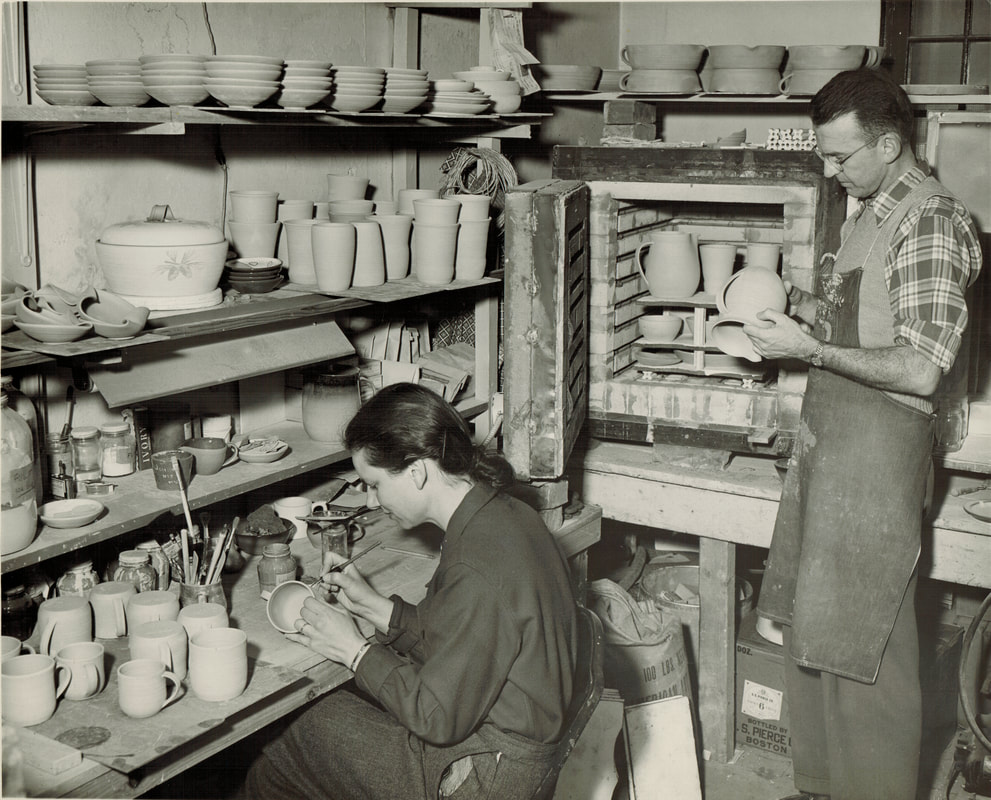
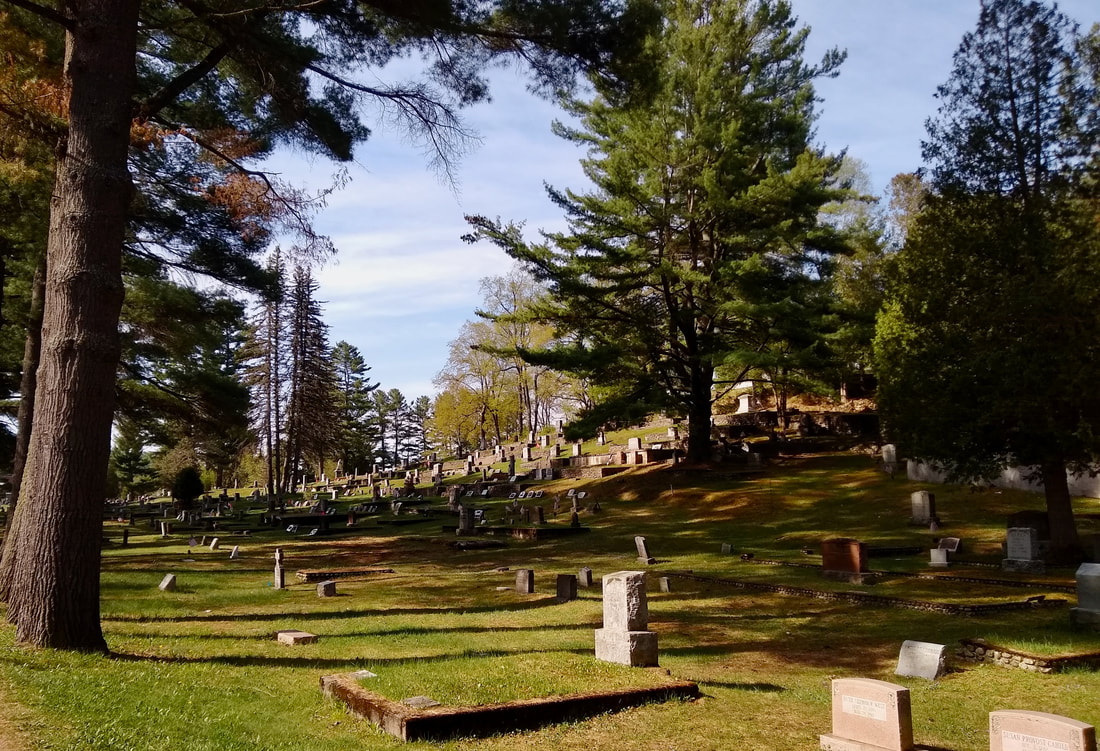
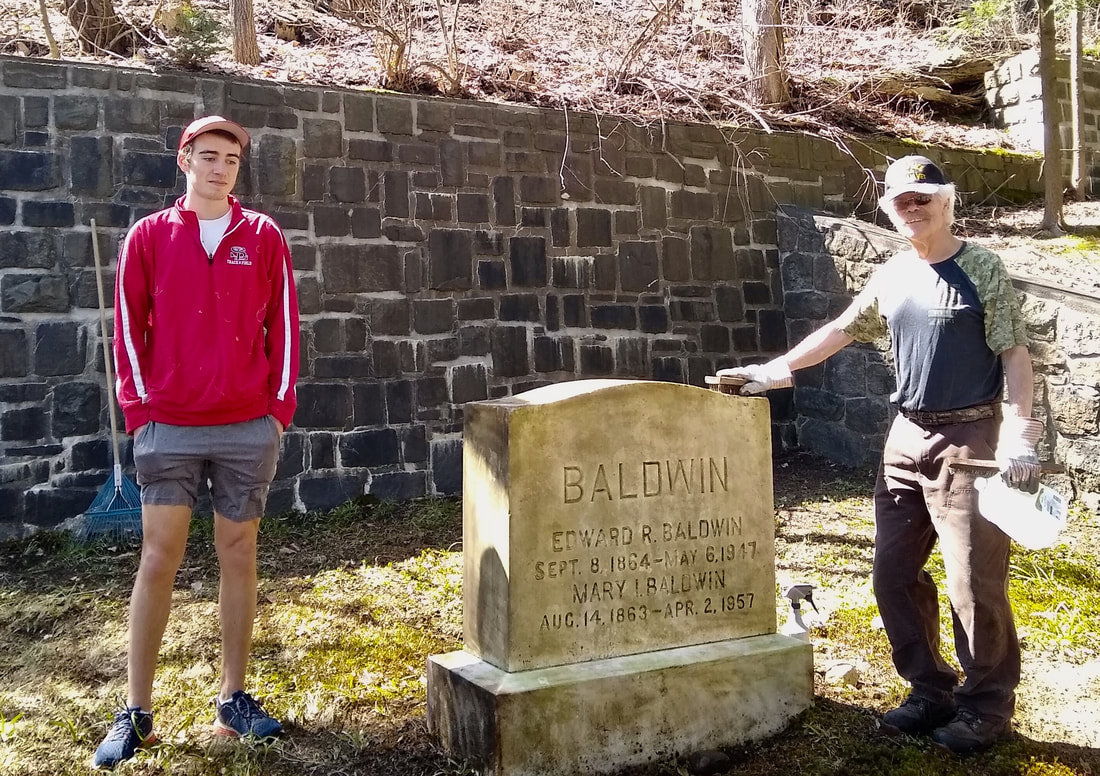
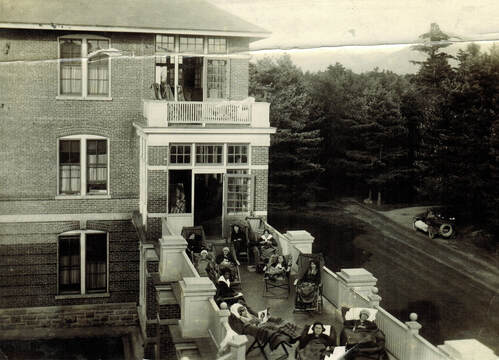
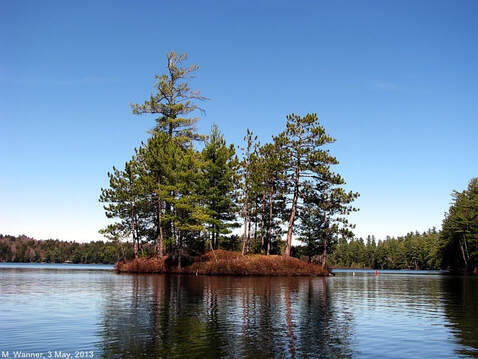
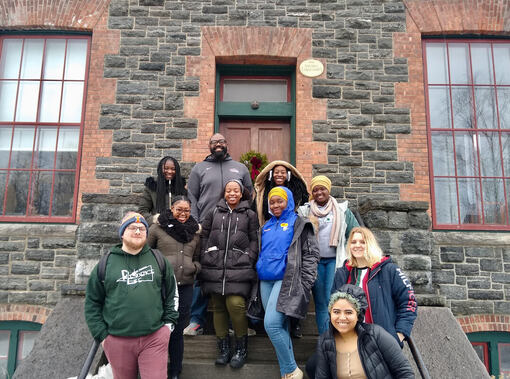
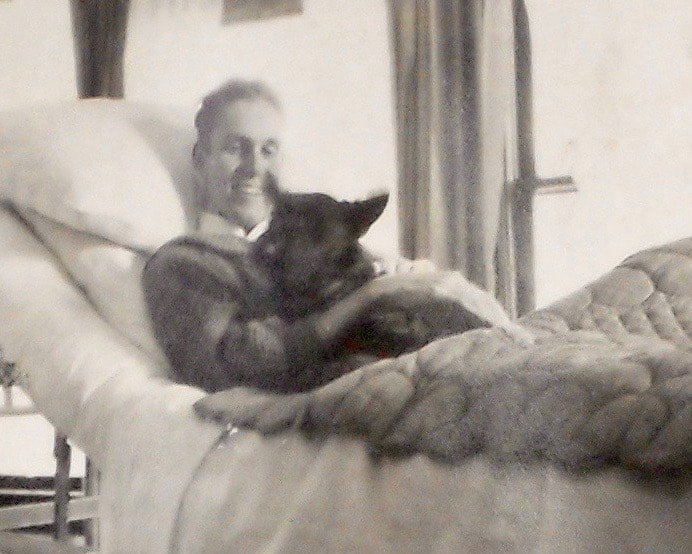
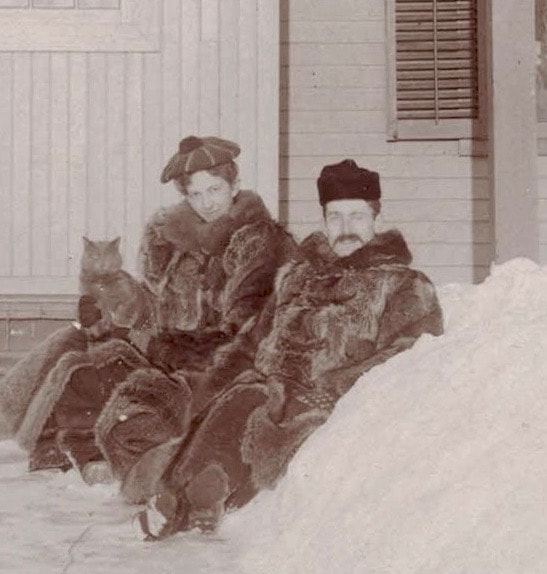
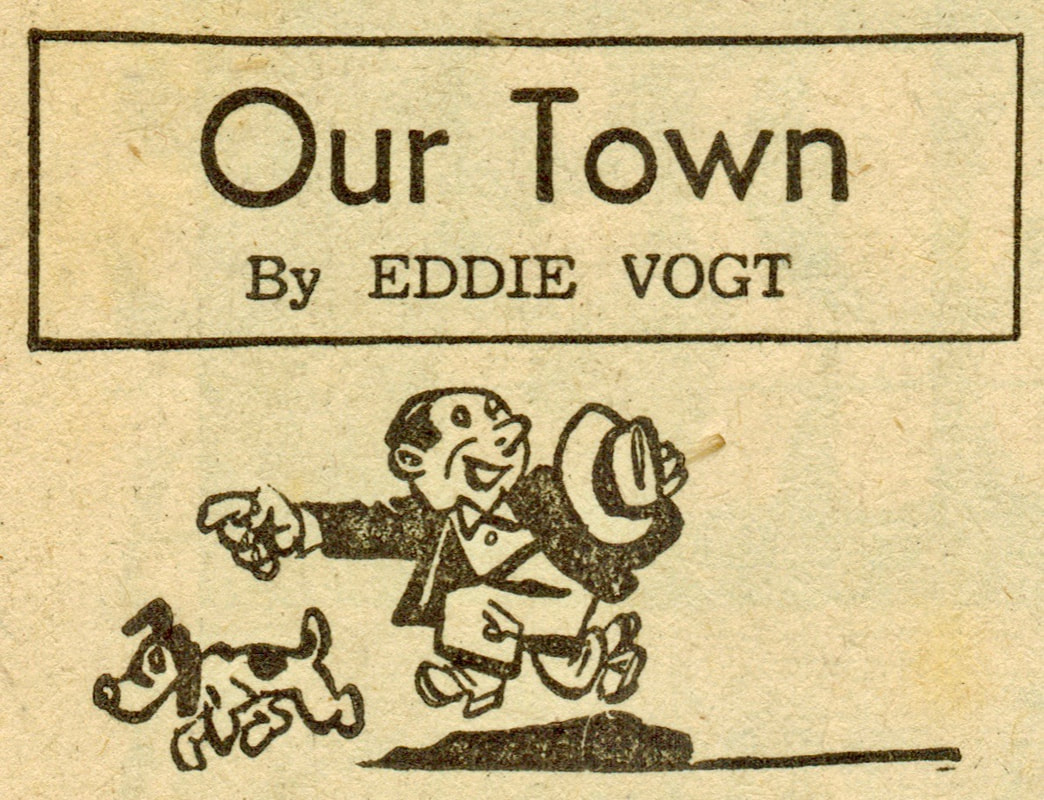
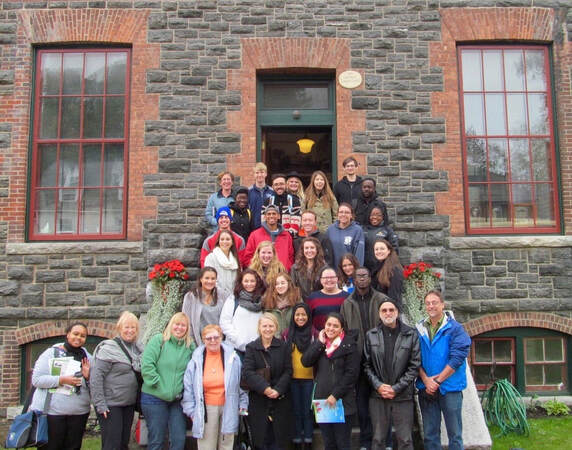
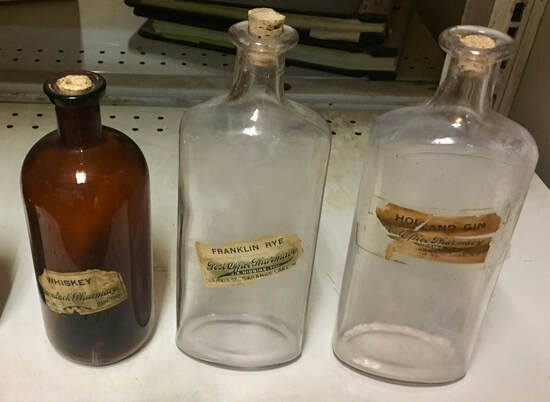
 RSS Feed
RSS Feed